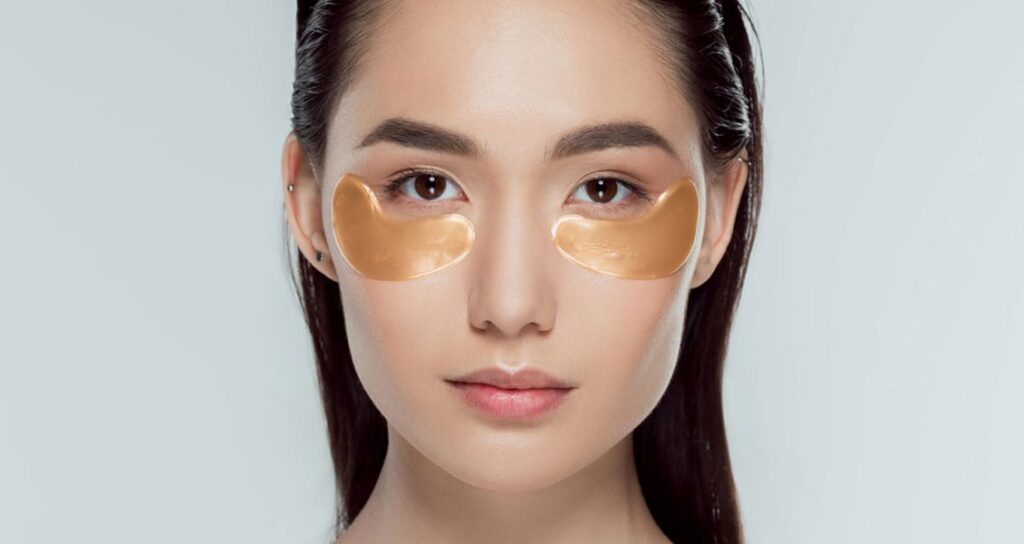Dark circles under the eyes are a common cosmetic concern that can make individuals appear tired, stressed, or older than they are. This condition often results from various factors, including genetics, lack of sleep, allergies, and aging. While many people seek effective treatments to reduce the appearance of dark circles, it's essential to understand which methods are truly effective and which are merely fads. In this article, we will explore the treatments available for dark circles, examining their efficacy and scientific backing.
Understanding Dark Circles
Before delving into Dark Circles Treatment in Dubai options, it's crucial to understand what causes dark circles. The skin under the eyes is thin and delicate, making blood vessels more visible. Factors like pigmentation, blood flow, and skin laxity contribute to the appearance of dark circles. For some, hyperpigmentation caused by excessive sun exposure or genetics can lead to darker skin under the eyes. For others, fatigue or allergies may cause the blood vessels to dilate, resulting in a bluish hue.
Effective Treatments for Dark Circles
1. Topical Creams and Serums
A wide range of topical creams and serums are marketed specifically for treating dark circles. Many of these products contain ingredients like retinol, hyaluronic acid, vitamin C, and peptides.
- Retinol is known for its ability to promote skin cell turnover and improve skin texture, making it a popular choice for reducing dark circles.
- Hyaluronic acid can help retain moisture and plump the skin, potentially diminishing the appearance of dark circles.
- Vitamin C is an antioxidant that can brighten the skin and may help with pigmentation issues.
While some users report positive results with these products, the effectiveness can vary significantly from person to person. It's essential to choose products with clinically proven ingredients and be patient, as results may take weeks to manifest.
2. Chemical Peels
Chemical peels involve applying a solution to the skin that exfoliates the top layers, revealing fresher skin underneath. This procedure can be beneficial for those whose dark circles are primarily due to pigmentation. Chemical peels containing glycolic acid or trichloroacetic acid can reduce pigmentation and improve skin tone.
However, the results of chemical peels are not permanent, and multiple sessions may be necessary. Additionally, there can be side effects, including redness, swelling, and peeling, which can deter some individuals from seeking this treatment.
3. Laser Therapy
Laser treatments, such as fractional laser or intense pulsed light (IPL), target the underlying causes of dark circles by stimulating collagen production and addressing pigmentation issues. These treatments can improve skin texture and tone, leading to a more youthful appearance.
While laser therapy can produce significant results, it often requires multiple sessions and may involve downtime for recovery. Patients should consult with a qualified dermatologist to assess whether this option is suitable for their specific needs.
4. Fillers
Dermal fillers are becoming increasingly popular for treating dark circles, particularly in individuals with hollowness under the eyes. Fillers made from hyaluronic acid can be injected into the tear trough area to restore volume and reduce the shadowing effect that contributes to the appearance of dark circles.
While this method can provide immediate results, it is essential to choose a skilled practitioner, as improper technique can lead to complications. Results typically last six to twelve months, requiring maintenance treatments to sustain the effects.
5. Surgical Options
For individuals with persistent dark circles due to significant skin laxity or fat loss, surgical options such as blepharoplasty (eyelid surgery) may be considered. This procedure involves removing excess skin and fat from the eyelid area, resulting in a smoother and more youthful appearance.
Surgery can provide long-lasting results; however, it carries inherent risks, including infection, scarring, and anesthesia complications. Individuals considering surgical options should thoroughly discuss potential outcomes and risks with a qualified plastic surgeon.
What Doesn’t Work
1. Concealers
While concealers can temporarily mask dark circles, they do not treat the underlying causes. Many people rely on makeup to cover dark circles, but this approach only offers a short-term solution and can sometimes exacerbate the issue if heavy formulations are used.
2. Hydration and Sleep Alone
While getting adequate sleep and staying hydrated can improve overall health and skin appearance, they are often not sufficient to eliminate dark circles. Many individuals with dark circles maintain a healthy lifestyle yet still struggle with this concern due to genetic or structural factors.
3. Lifestyle Changes Without Targeted Treatments
Making lifestyle changes, such as improving diet or reducing stress, may contribute to better skin health but often won't resolve dark circles independently. A multifaceted approach, including targeted treatments, is often necessary for significant improvement.
Conclusion
Dark circles are a common issue with various underlying causes, and many treatment options are available. From topical creams and serums to more invasive procedures like fillers and surgery, individuals can choose an approach that suits their needs and concerns. However, it's essential to have realistic expectations and understand that not all treatments work for everyone. Consulting with a dermatologist can help determine the most appropriate course of action based on individual circumstances, leading to more effective results in managing dark circles.






Comments